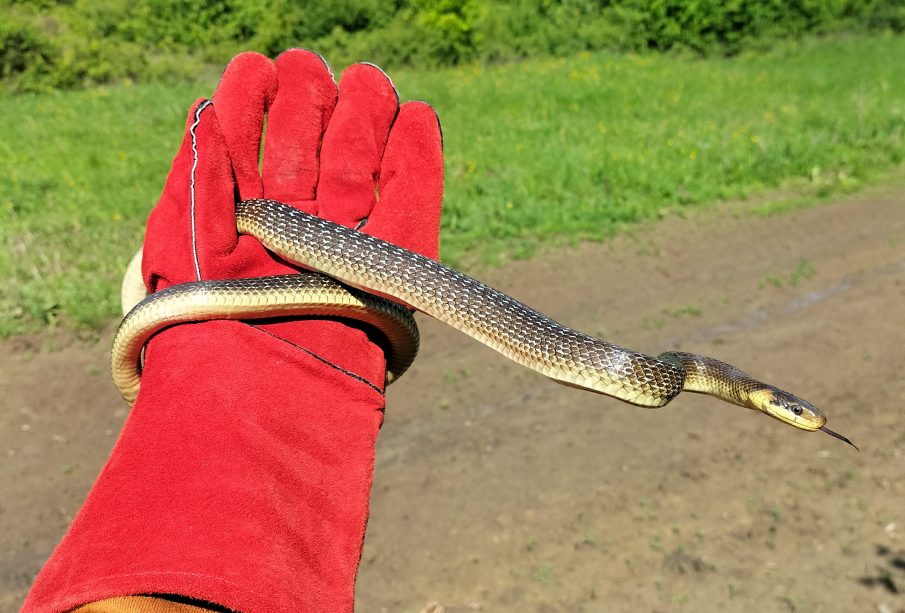Aesculapian Snakes: Characteristics and Habitat

Introduction
Aesculapian snakes (Zamenis longissimus) are a fascinating species native to Europe, known for their distinct characteristics and ecological significance. These non-venomous snakes have garnered the interest of herpetologists and wildlife enthusiasts alike. Understanding these creatures is essential for conservation efforts and biodiversity knowledge, especially as they face habitat loss and environmental changes.
Physical Characteristics
Aesculapian snakes are typically recognised by their elongated bodies, reaching lengths of up to 2 meters. Their coloration ranges from olive green to brown, often featuring a lighter underside. One of their notable features is their smooth, glossy scales, which facilitate movement through their arboreal and terrestrial habitats. Their large eyes permit excellent vision, aiding in hunting and foraging.
Habitat and Distribution
This species thrives in a variety of environments, including forests, scrublands, and rural areas across Central and Southern Europe, with populations commonly found in Germany, Italy, and Greece. They prefer regions that provide ample cover, such as dense foliage or rocky outcrops, which help them evade predators. Aesculapian snakes are also adept climbers, frequently found in trees searching for prey.
Diet and Behaviour
Aesculapian snakes primarily feed on small mammals, bird eggs, and occasionally other reptiles. Their hunting strategy involves ambushing unsuspecting prey or foraging actively. These snakes are diurnal, meaning they are most active during the day. They can often be observed basking in the sun, a behaviour essential for their thermoregulation.
Conservation Status
Despite being listed as of Least Concern by the International Union for Conservation of Nature (IUCN), Aesculapian snakes are not without threats. Habitat destruction due to urbanisation and agricultural development poses significant challenges for their survival. Climate change is another factor that could affect their distribution and breeding patterns. Conservation efforts, such as habitat protection and public awareness campaigns, are crucial for maintaining healthy populations of this unique species.
Conclusion
In summary, Aesculapian snakes are integral components of their ecosystems, contributing to pest control and biodiversity. Understanding their habits, characteristics, and the threats they face is vital for their conservation. As natural habitats continue to change, ongoing research and educational initiatives will play a critical role in the future of Aesculapian snakes, ensuring they remain a fascinating part of Europe’s wildlife.








